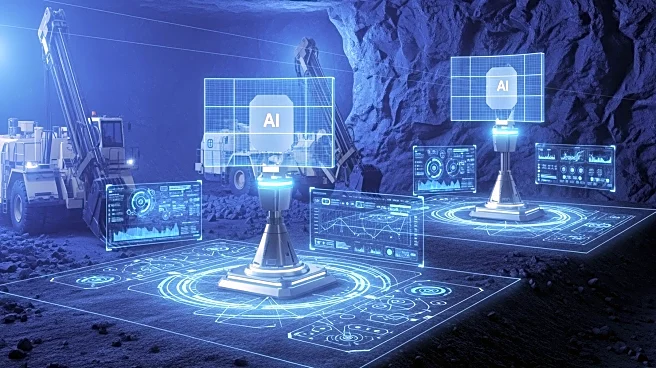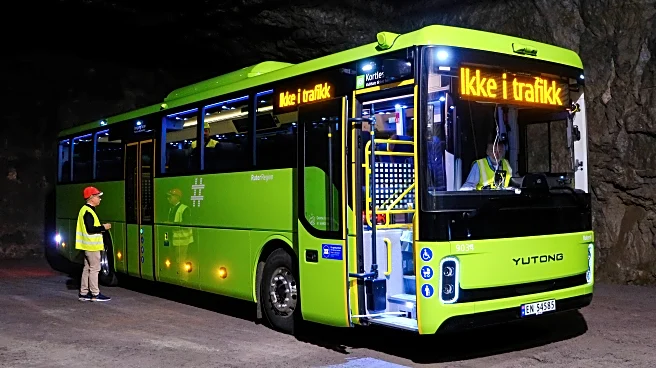What's Happening?
Researchers have developed an advanced radar-machine learning model to predict ground subsidence in mining regions with high accuracy. The model integrates Small Baseline Subset Interferometric Synthetic Aperture Radar (SBAS-InSAR) with Seasonal-Trend
decomposition and extreme gradient boosting (XGBoost), known as STL-XGBoost. This approach addresses the issue of ground subsidence caused by mineral extraction, which poses risks to infrastructure and the environment. The model was tested in the Pingxiang mining area in China, demonstrating superior predictive performance and reducing errors significantly compared to traditional methods.
Why It's Important?
The development of the STL-XGBoost model represents a major advancement in subsidence monitoring, offering a reliable framework for predicting ground deformation in mining regions. Accurate predictions can guide infrastructure design and placement, enhancing safety and minimizing environmental damage. The model's ability to capture complex subsidence patterns provides valuable insights for mining engineering and environmental management, promoting sustainable practices and reducing risks associated with mining activities.
What's Next?
Future research will focus on applying the model to other mining regions and integrating additional remote sensing technologies to improve performance. Enhancing the model's robustness in handling non-stationary time series data and optimizing hyperparameters will be key areas of development. As global mining activity expands, reliable monitoring tools like STL-XGBoost will become increasingly essential for ensuring safety and sustainability in mining operations.














